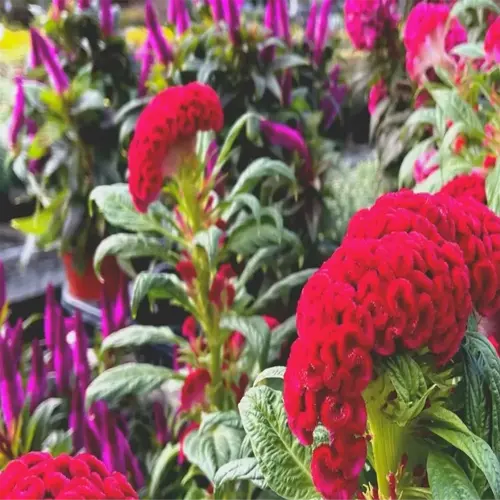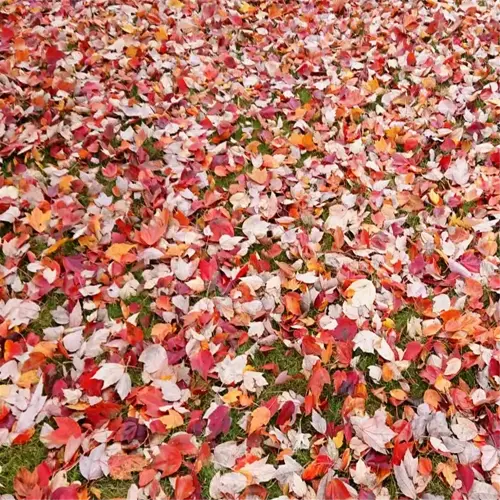What plants thrive in full sun and heat?

Written by
Paul Reynolds
Reviewed by
Prof. Charles Hartman, Ph.D.Heat-tolerant perennials such as Lavender and Red-Hot Poker turn searing gardens into tenacious oases. These plants have adapted to grow in unabated sun. The plant's silver foliage reflects harmful UV rays, and the succulent leaf of Sedum retains moisture. I have seen clients in Texas abandon wilting annuals in place of these species and reduce watering to only twice monthly.
Adaptive Features
- Lavender: Waxy leaf coatings reduce evaporation. Thrives in USDA zones 5-9 with 6+ hours of sun.
- Sedum: Fleshy leaves store water. Survives zones 3-11, even in poor, rocky soil.
- Red-Hot Poker: Tubular flowers resist wilting. Attracts hummingbirds in zones 6-9.
Design Strategies
- Use gravel mulch to reflect heat. In Arizona trials, soil temps dropped 20°F with granite chips.
- Pair Yucca (zones 4-11) with Agave for structural contrast. Their sharp forms withstand wind and drought.
Soil preparation is a vital part of the process. For clay soils, amending with 30% coarse sand will improve drainage. For sandy soils, add compost to retain minuscule amounts of moisture. A client in New Mexico had Agave planted in decomposed granite or DG--her garden was subjected to 110°F heat waves in the summer and perhaps monthly deep soaking.
UtilizeWater Efficiently. In arid zones, gravel mulch is superior to bark. In a Phoenix xeriscape study, gravel reduced evaporation by 40% compared to wood chips and bark. If you are in humid heat zones (7-9), use pine straw mulches. It will decompose more slowly and resist mold.
Pruning for long-term health involves cutting back Russian Sage at least a foot on the stem, early in the spring, so it can develop into a bushier plant. Avoid cutting back Sedum in the fall to let the dried seed heads, which add a lot of texture in the winter, stand tall. I met one Colorado gardener who used both of these implementations and had color through a record-breaking dry summer!
Read the full article: 15 Top Drought Resistant Perennials for Water-Wise Gardens

